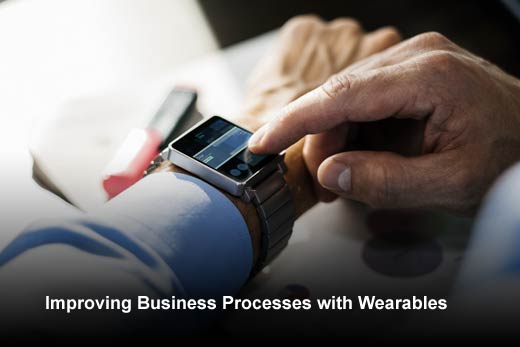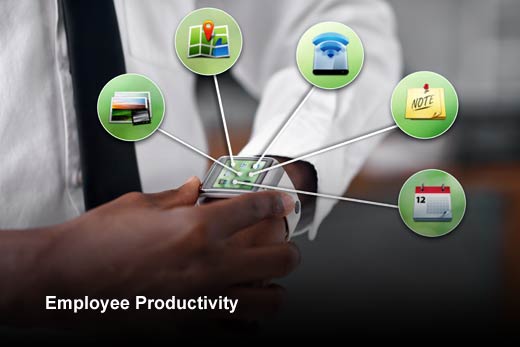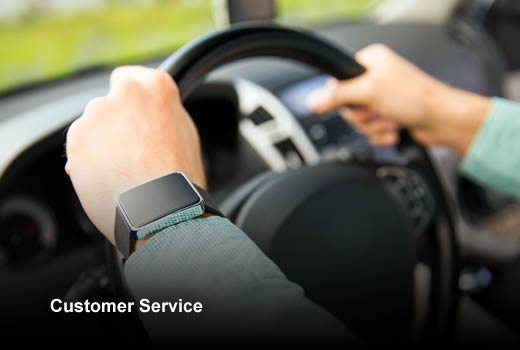Wearables technology can help close the gap between information and action by managing numerous challenges in workforce automation. Already, mobile has revolutionized business and now wearables and intelligent automation are furthering a redesign of interactivity among employees, assets, tools and customers. This includes providing employees in the back office, as well as those immersed in delivering in-field service, with job information, daily schedule information, and service request updates right at the tap on a smart watch.
To be sure, wearable devices are helping boost the convenience of mobility to a hands-free experience for field service professionals. Moreover, the addition of “intelligence” provides a massive multiplier to the impact of these devices on business operations. In this slideshow, Steve Smith, vice president of strategic verticals at ClickSoftware, shares five examples of how business processes can be improved with intelligent analytics through wearable devices.

Improving Business Processes with Wearables
Click through for five ways business processes can be improved with intelligent analytics through wearable devices, as identified by Steve Smith, vice president of strategic industries at ClickSoftware.

Employee Productivity
Most modern companies are under intense scrutiny to ensure the time of skilled field service professionals is focused on work that they are most qualified to do – and eliminating non-value activity. Wearables provide added connectivity to increase field service professionals’ awareness of work and convenience to access job relevant details with minimum effort. This added time savings and the opportunity to engage the user by providing better technology/tools results not only improves productivity, but appreciation for these helpful tools.

Timesheets – Data Crunch No More!
Wearables will be the new smart vehicle for accurate time entry. For example, employees will be able to readily use their smart watches to send information such as clock-in and clock-out straight to workforce management and payroll systems system rather than entering the data manually, and after the fact.

Customer Service
Smart wearable technologies allow mobile workforces to provide a heightened customer-centric experience; for example, a cable technician might avoid ringing the doorbell because his watch informs him there may be a napping baby when he arrives. Simultaneously, customers now have even more clarity about the status of field service technicians, including arrival times, photos for safety, and insight into the tech’s flexibility to handle additional requests while he or she is onsite.

Jobsite Safety
In service situations where every minute of equipment down-time can create potentially significant cost or safety repercussions, technicians simply can’t afford to look away from what they’re working on to receive or relay a message; being tied to a traditional mobile device won’t cut it. In addition, the biometric capabilities that are embedded in many wearables can further enhance safety while a technician is on the job. The Apple Watch, for example, offers a barometer feature that tracks elevation. Any precipitous drop in altitude could indicate a possible fall and would be automatically reported. In addition, a heart rate monitor increases the capabilities of biometric surveillance, a key tool for ensuring the well-being of remote technicians.

Communication
Delivering important notifications and recommendations to smart watches is a simple and easy way to improve many factors at once: the quality and responsiveness of service, job satisfaction on the part of employees, and overall safety in mobile workforce professions. The ease of communication can, and should, be in both directions. If the mobile worker needs to follow a series of steps, it’s much faster to say “next” or touch the wearable device and then glance at the next instruction than it is to interact with a smartphone or tablet after each step. Automated navigation through a complex set of instructions requires more than just advancing to the next screen.














